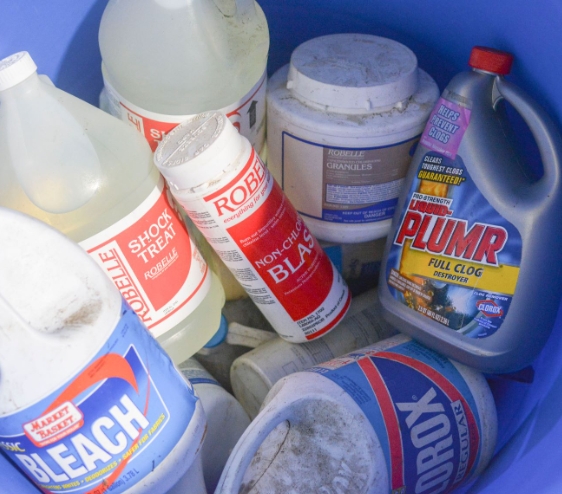Unveiling the Hidden Hazards: Where to Find the Most Dangerous Chemicals in Your Home

In today's modern world, households are filled with various products that make our lives easier and more convenient. However, many of these products contain hazardous chemicals that can pose risks to our health and the environment. In this article, we will explore the different areas of a household where the most hazardous chemicals are commonly found. By understanding these potential sources, we can take proactive steps to minimize our exposure and create a safer living environment for ourselves and our loved ones.
- Cleaning Products:
One of the primary culprits for hazardous chemicals in a household is cleaning products. While they are designed to keep our homes clean and germ-free, many of these products contain toxic substances such as ammonia, bleach, and phthalates. These chemicals can be found in various cleaning agents, including all-purpose cleaners, disinfectants, and laundry detergents. It is crucial to read labels carefully and opt for eco-friendly alternatives whenever possible. - Personal Care Products:
Another area where hazardous chemicals lurk is in our personal care products. From shampoos and conditioners to lotions and cosmetics, many of these products contain ingredients that can be harmful to our health. Common culprits include parabens, phthalates, and formaldehyde-releasing preservatives. To minimize exposure, consider choosing natural and organic options or making your own DIY alternatives using simple, non-toxic ingredients. - Pesticides and Insecticides:
In the quest to keep our homes pest-free, we often turn to pesticides and insecticides. However, these products can contain highly toxic chemicals such as organophosphates and pyrethroids. They can be found in sprays, baits, and even pet flea treatments. Whenever possible, explore non-chemical pest control methods or consult with professionals who can provide safer alternatives. - Paints and Solvents:
When it comes to home improvement projects, paints and solvents are commonly used. Unfortunately, many of these products contain volatile organic compounds (VOCs) that can release harmful fumes into the air. These chemicals can be found in paints, varnishes, adhesives, and even some cleaning products. Opt for low-VOC or VOC-free alternatives and ensure proper ventilation during and after painting projects. - Electronics and Appliances:
While electronics and appliances may not immediately come to mind when thinking about hazardous chemicals, they can still be a source of concern. Many electronic devices contain flame retardants, heavy metals, and other toxic substances. These chemicals can be found in items such as televisions, computers, and kitchen appliances. When purchasing new electronics, look for products that are free from hazardous materials or have undergone rigorous safety testing.
Conclusion:
Being aware of the potential sources of hazardous chemicals in our homes is the first step towards creating a safer living environment. By understanding where these chemicals are commonly found, we can make informed choices and take necessary precautions to minimize our exposure. Remember to read labels, opt for eco-friendly alternatives, and seek professional advice when needed. Together, we can create healthier homes for ourselves and future generations.

